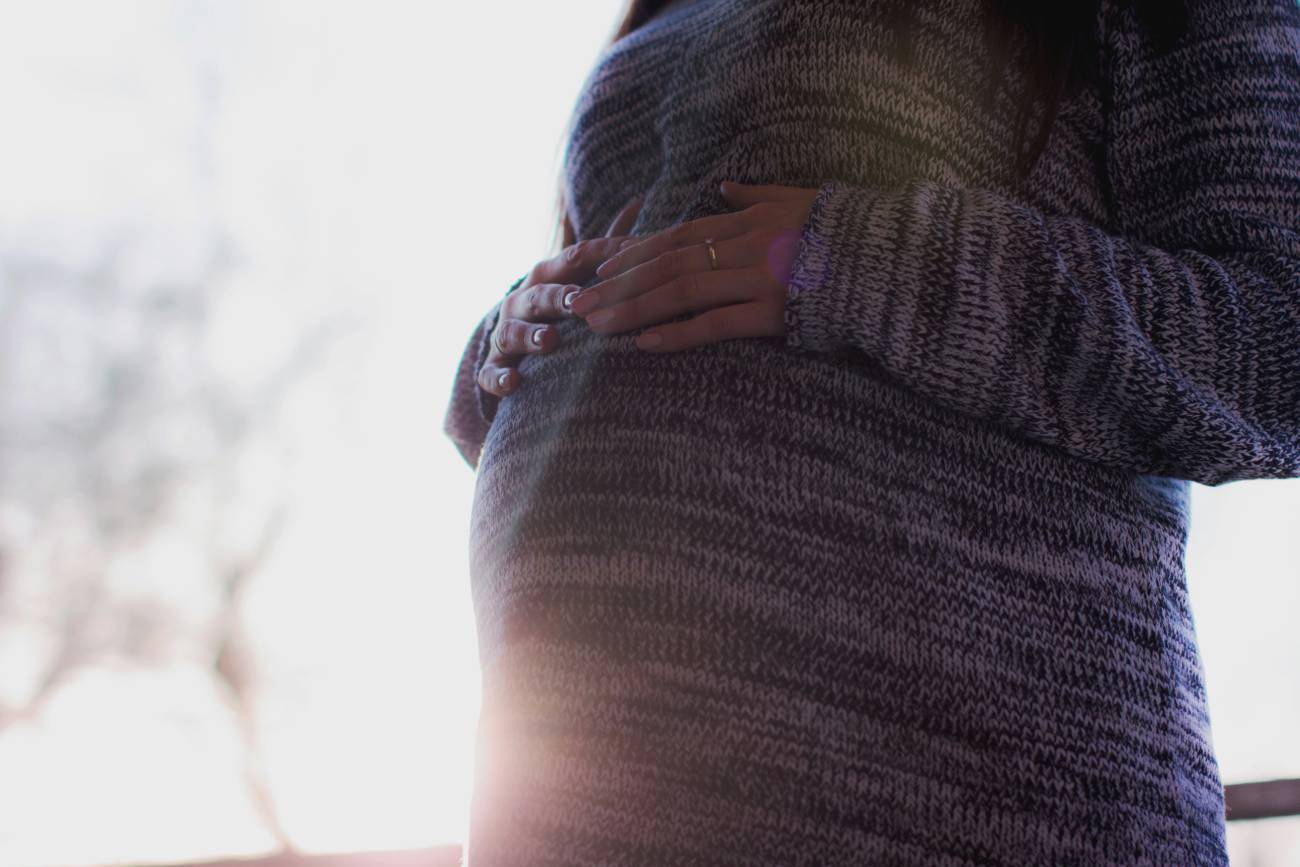The third trimester is the final stretch of pregnancy, marked by further growth and preparation for childbirth. Here are some facts about the third trimester:
Duration: The third trimester spans from week 29 to the end of pregnancy, typically around week 40 or until delivery.
Rapid Fetal Growth: The baby undergoes rapid growth during the third trimester, gaining most of its weight and developing the necessary fat stores for life outside the womb.
Braxton Hicks Contractions Intensify: Braxton Hicks contractions may become more frequent and intense during the third trimester, serving as a practice for labor.
Fetal Movement Patterns: While the baby has less space to move around, its movements may become more defined. Monitoring fetal movement is important, and a change in patterns should be reported to healthcare providers.
Pelvic Pressure: As the baby descends into the pelvis in preparation for birth, mothers may experience increased pelvic pressure and a sensation of the baby “dropping.”
Backaches and Discomfort: The growing belly can lead to increased backaches and discomfort. Proper posture and support pillows may help alleviate some of the discomfort.
Shortness of Breath: As the uterus expands, it can put pressure on the diaphragm, leading to feelings of breathlessness. Taking breaks and practicing deep breathing can be helpful.
Swelling: Some women may experience swelling, particularly in the feet and ankles, due to increased fluid retention. Elevation and staying hydrated can help manage swelling.
Nesting Instinct: Many expectant mothers may experience a nesting instinct, an urge to prepare and organize the home for the baby’s arrival.
Cervical Changes: The cervix begins to soften and thin in preparation for labor. Some women may experience Braxton Hicks contractions that help with this process.
Colostrum Production: In preparation for breastfeeding, the breasts may start producing colostrum, a nutrient-rich fluid that serves as the baby’s first food.
Increased Discharge: Hormonal changes can lead to an increase in vaginal discharge. If there are concerns about the color or consistency, it’s essential to consult a healthcare provider.
Frequent Urination: The growing baby puts pressure on the bladder, leading to increased trips to the bathroom.
Preparation for Labor: The body starts producing hormones such as oxytocin, preparing the uterus for contractions and the initiation of labor.
Emotional Rollercoaster: Hormonal fluctuations, combined with anticipation and anxiety about labor and parenthood, can contribute to emotional ups and downs during the third trimester.
Regular prenatal check-ups, adequate rest, and open communication with healthcare providers are crucial during the third trimester. Monitoring changes in the body and seeking medical advice for any concerns ensure a healthy and safe conclusion to the pregnancy.








